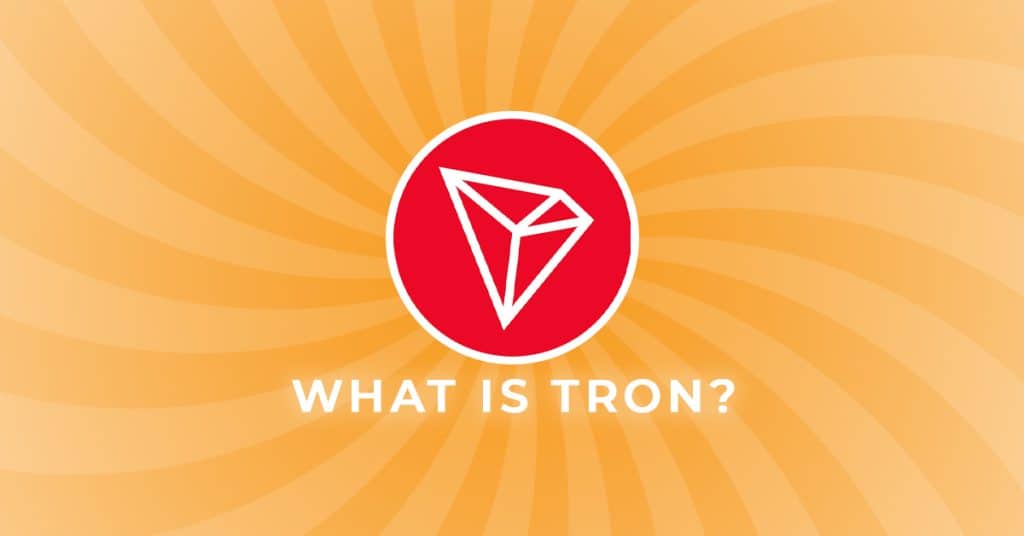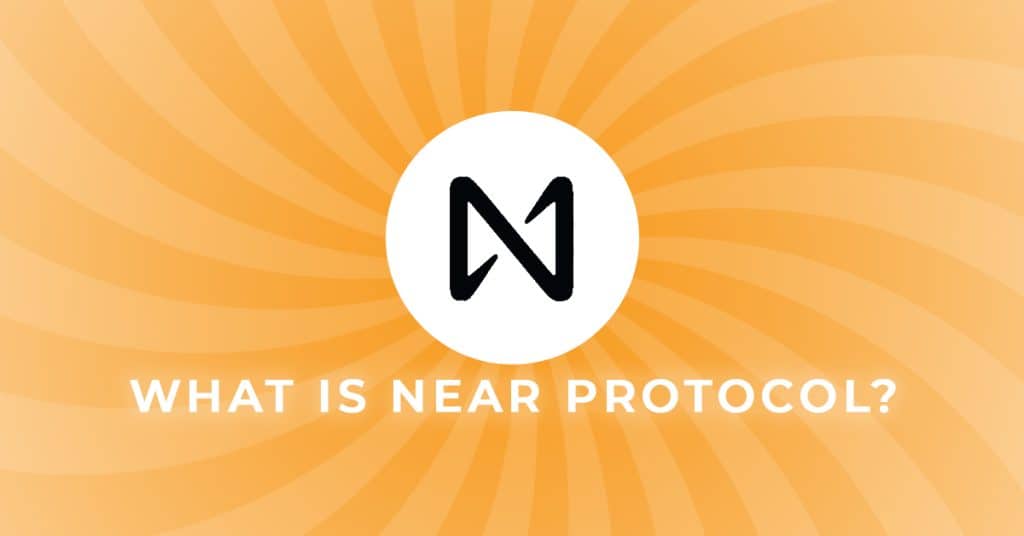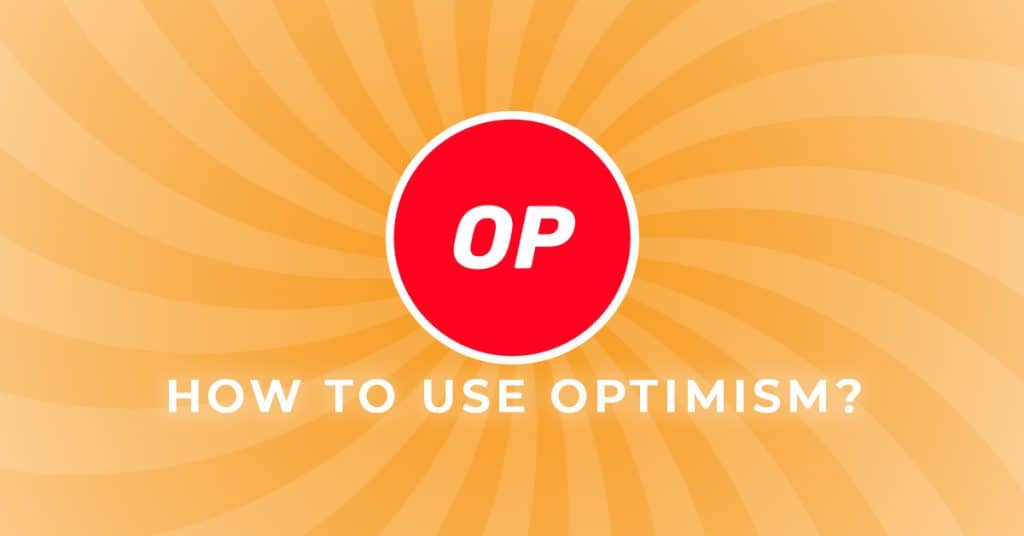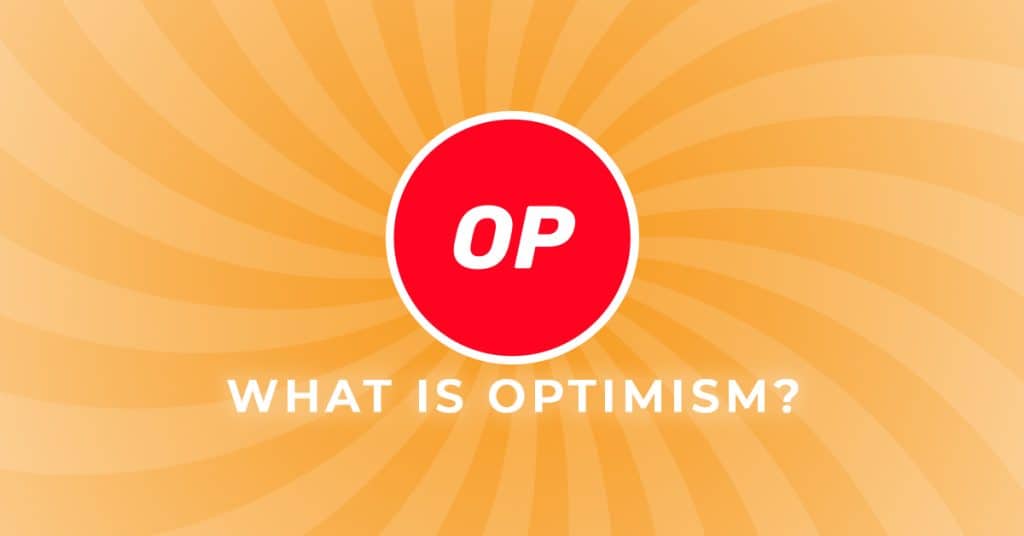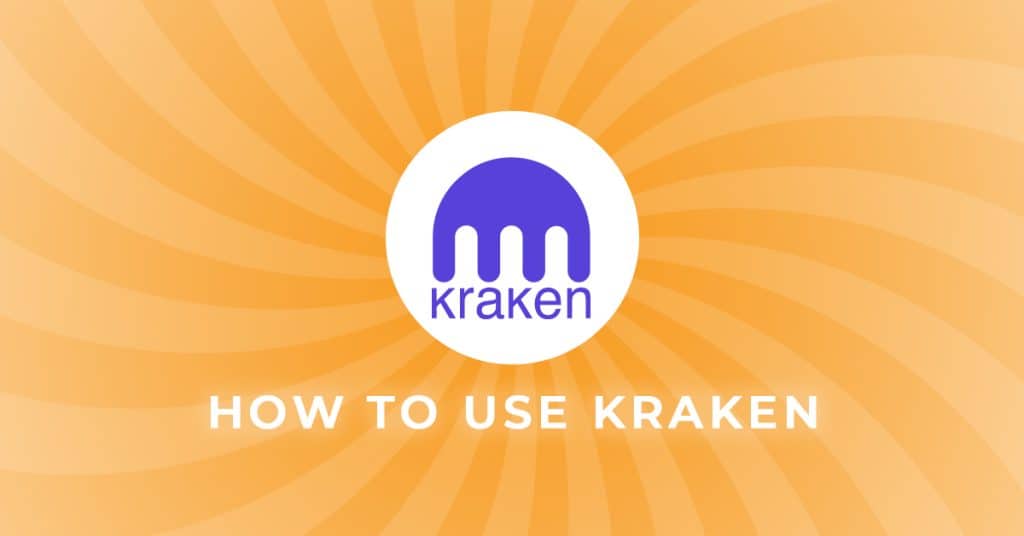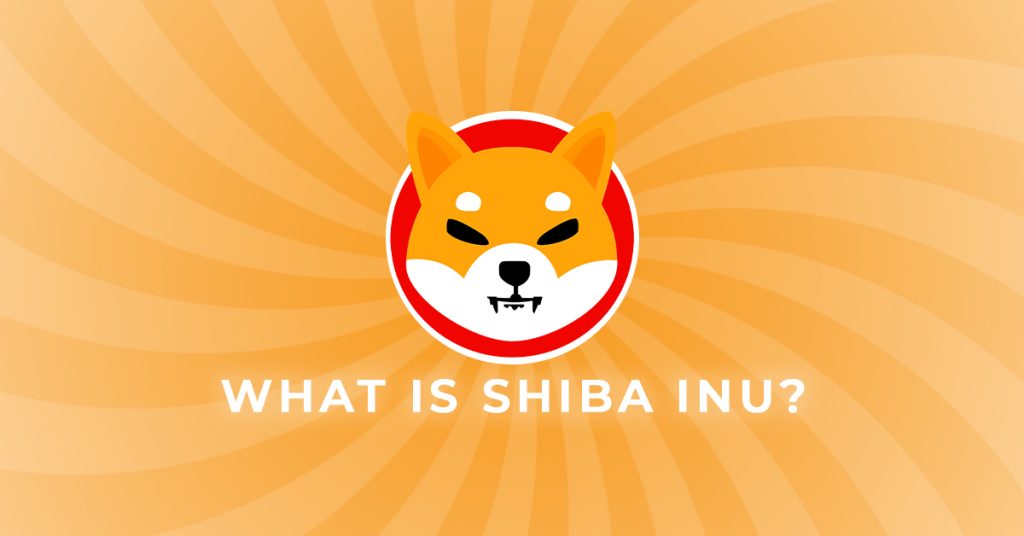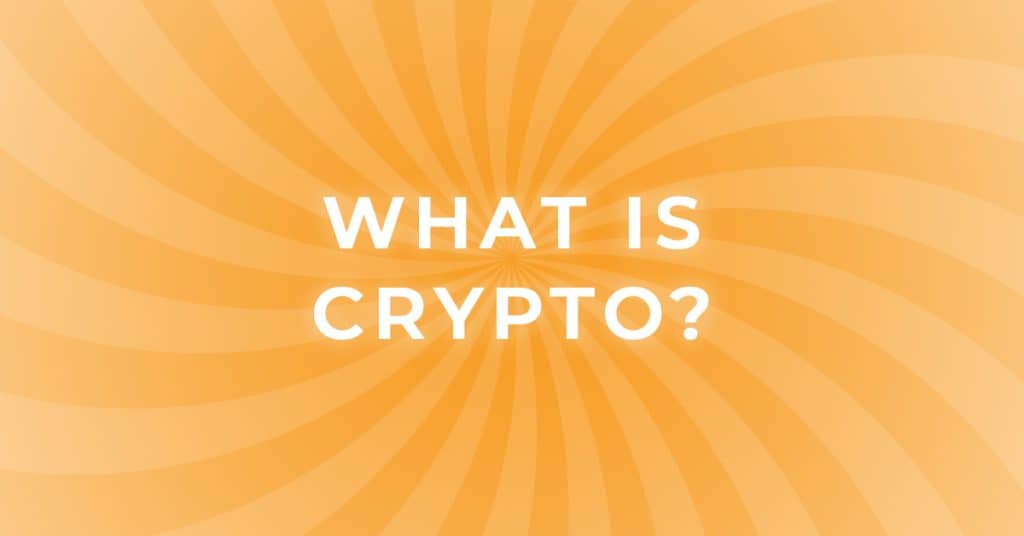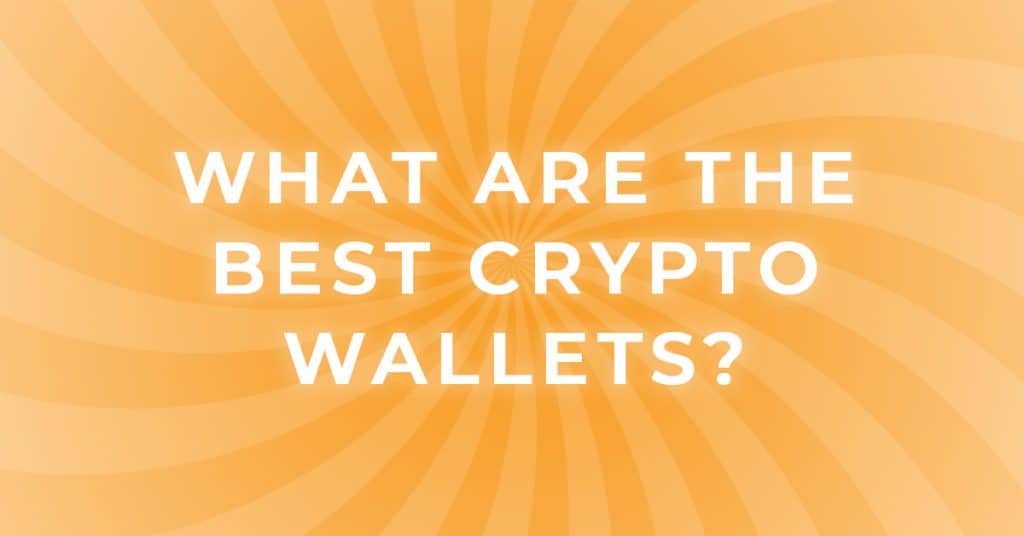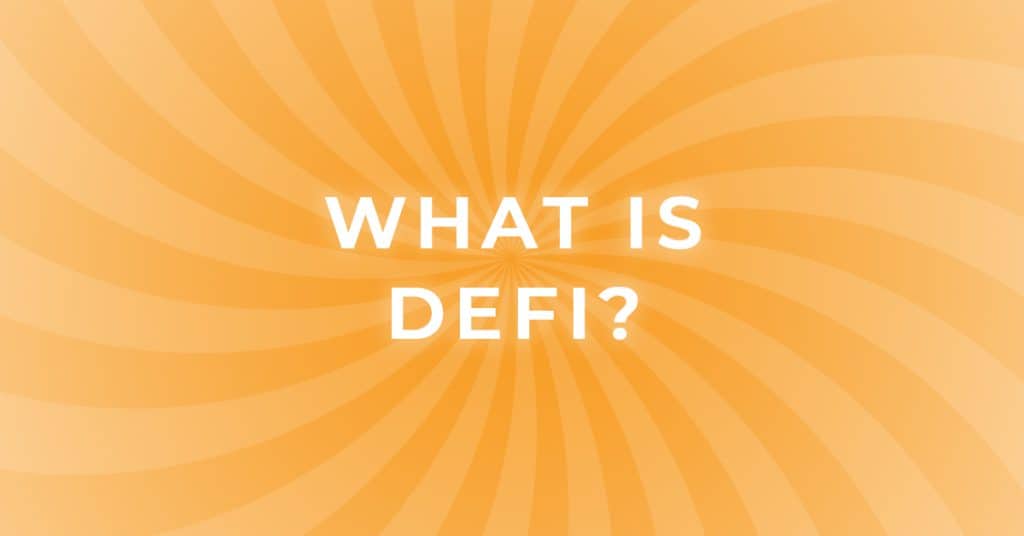What are NFTs? | NFTs for Beginners
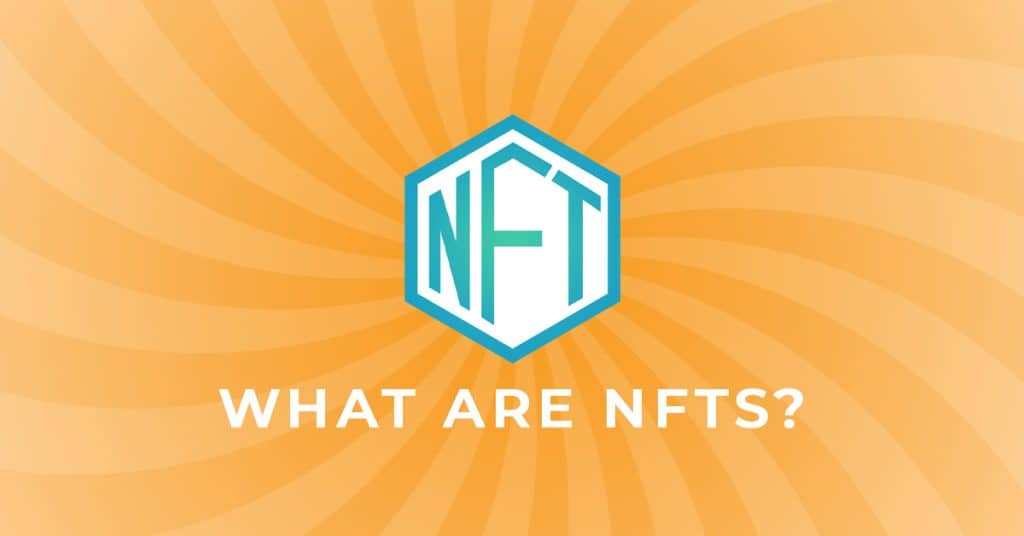
What are NFTs?
NFT means non-fungible token. Not the catchiest name, admittedly, but they seem to be thriving regardless.
So if NFTs are non-fungible, what’s something that is fungible? Well, fungible means, according to one dictionary definition, “capable of mutual substitution”.
Dollars, for example, are fungible. You can switch a dollar bill for any other dollar bill, and you wouldn’t know because they’re all the same, and the same goes for bitcoin and crypto. Basically, fungible things are interchangeable. (There are factors like serial numbers on dollar bills that make each bill identifiable, but for almost every use case, we can call them fungible).
With NFTs, if they’re non-fungible, that means that each one is a unique and identifiable item. And in this case, the token part of NFT means a digital asset (that you can own and trade) running on a blockchain such as Ethereum.
So that’s an NFT: A unique, digital, blockchain-based asset, that can be bought and sold, and that you hold ownership of in a crypto wallet. In practical terms, NFTs can serve various functions, so let’s break down the use cases.
Art and Design
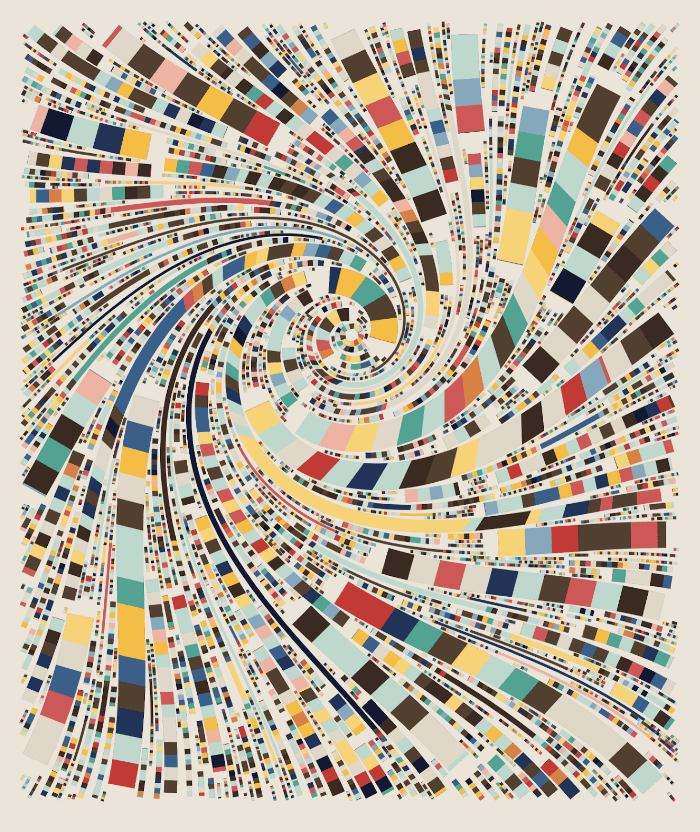
The major type of NFT up to now is in art and design. Some common design themes are blocky pixel art and cartoon animals, particularly apes, and there’s a lot of generative art. (Generative means that each artwork is randomly assembled by a programmed algorithm, although the component pieces can be hand-drawn).
It’s not only pixel art and animals though, as you can also find plenty of fine art, graphic design, photography, video art, and much more. As with any artistic arena, quality varies hugely, from junk to genius-level creations.
Starting points:
Collectibles
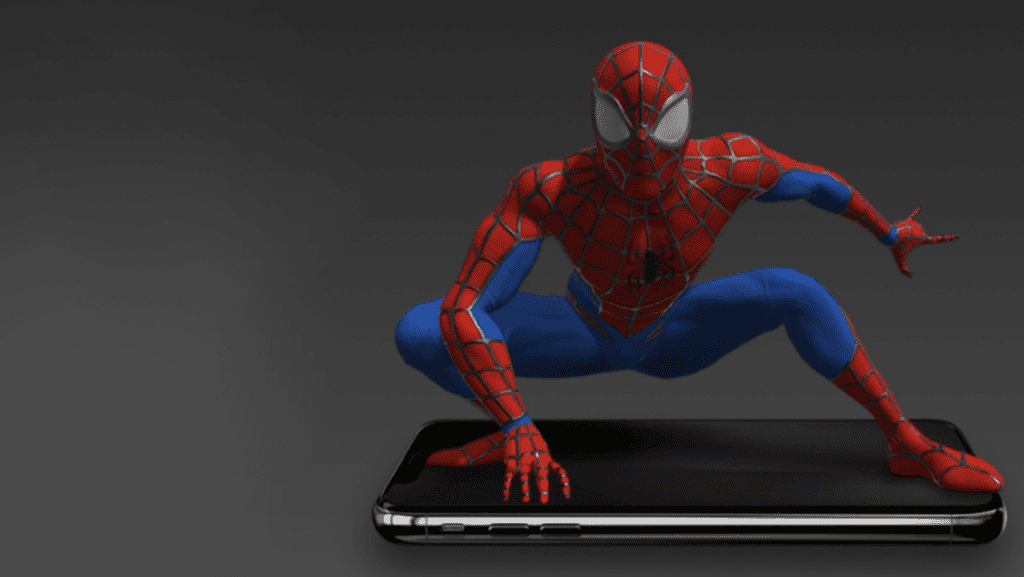
Many NFT collectibles are the same kinds of things that are collectible as physical goods, but translated into digital format.
A major market is for sports collectibles, including smartly packaged video clips from big name leagues such as the NBA, NFL and La Liga. There are also several sports stars and celebrities who’ve released their own NFT collections.
Both DC Comics and Marvel have released comics and 3D-rendered figures as NFTs.
Starting points:
Metaverse
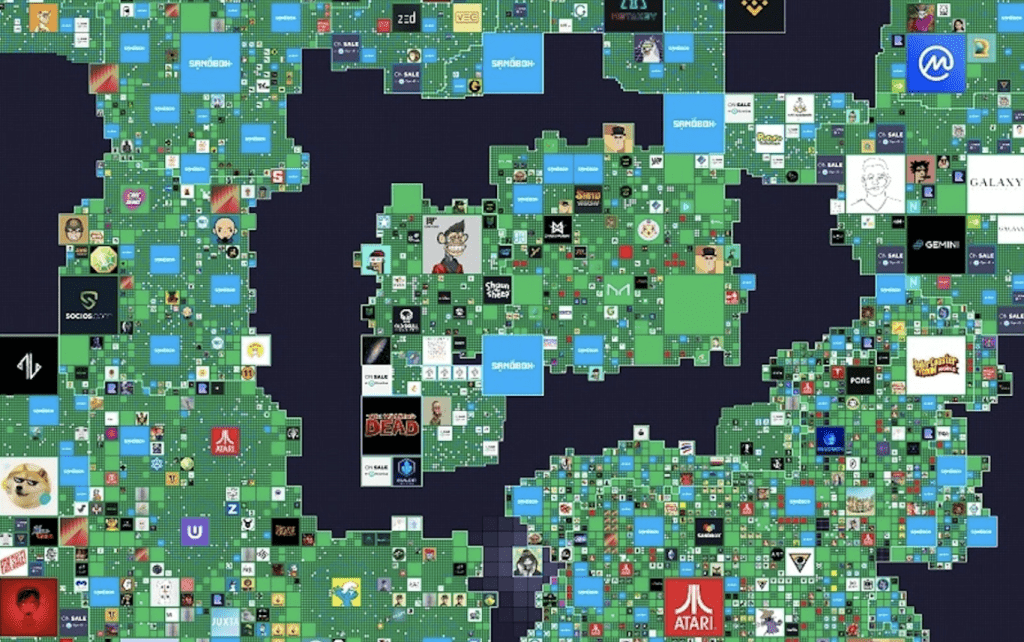
There’s a lot of hype around the idea of the metaverse. Or perhaps we can say metaverses, as there are many metaverse projects in development, and it remains to be seen which will succeed, and whether some of them might link up.
In a metaverse, there is virtual land which can be bought, sold, rented out and developed on, and land parcels are sold as NFTs, occasionally even for prices that outstrip the cost of physical real estate.
And it’s not only land that you might need in a metaverse, with other NFT assets such as avatars and vehicles going up for sale.
Starting points:
Must Read: The Sandbox vs Decentraland – Everything you need to know about the developing metaverse!
Gaming
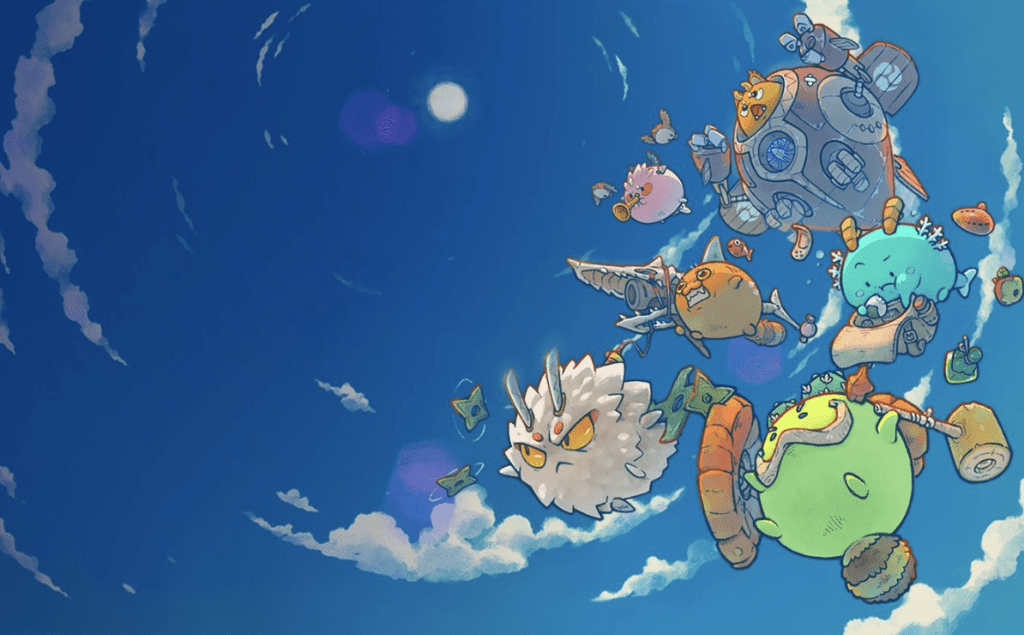
Metaverses cross over into gaming, and it’s not always clear exactly where the boundary lies between the definition of game and metaverse. Remember, this is a new technology and a lot is up in the air. Blockchain technology allows for in-game items and characters that can be held and traded in the form of NFTs.
Blockchain gaming, overlapping with metaverse development, looks set to be an area of potentially tremendous growth, and NFTs are core to its mechanics.
Starting points:
Music

NFTs are being used in the music world to create new kinds of business and creative models. Music can be sold through NFTs, and the model provides a way not only for artists to generate income, but for fans to support artists while possibly earning some future return on their investment.
Through this system, artists can connect directly with fans, and fans can take part in a process almost like buying shares in the artist and their work.
Starting points:
Access & Membership
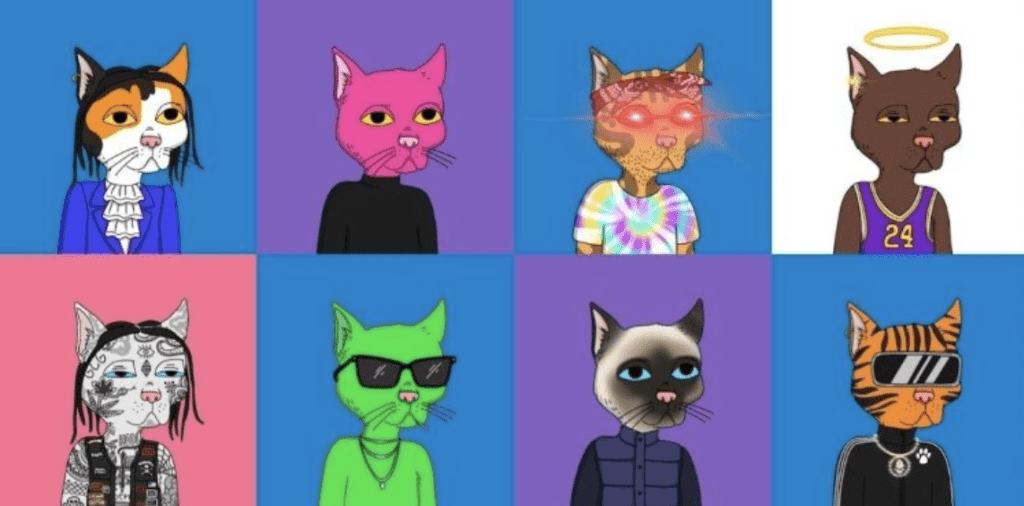
NFTs can be used as proof of membership, as an entry pass, or like a digital receipt. This could be single use, or it could be a lifelong asset that can be bought and sold, and they can provide access to both online and real world places, events and organizations.
There are DAOs (a kind of online community or business) that use NFTs as proof of membership, and buying into some NFT collections will unlock access to exclusive forums.
Starting points:
Physical Items
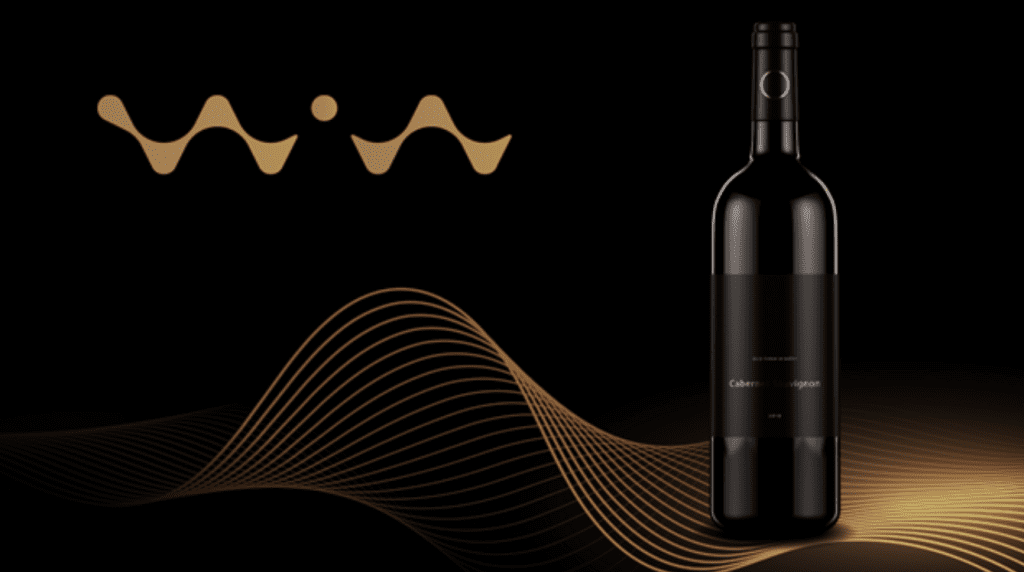
There have been some moves to connect NFTs with real-world sales. Nike, for example, has a project called CryptoKicks, which is reportedly working on providing a digital token with shoe sales, unlocking various features including the ability to ‘breed’ new sneakers.
There have been real estate sales in which property was traded through the use of NFT technology, and there are beers, wines and spirits being traded with NFTs. These uses are part of a still explorative area with a lot of potential.
Starting points:
Unknown, Unknowns?
One of the most exciting things about NFTs is that they’re part of an emerging new technology that could have a huge impact on our lifestyles. Web3 looks set to radically alter the online experience, bitcoin is disrupting money and economics, DeFi might supersede traditional financial services, and within this constantly transforming landscape, NFTs are booming.
It’s a chaotic environment in which things seem to happen in hours rather than weeks, and the only certainty is that there’ll be new use cases and consequences that no-one can yet predict. In the world of NFTs the best approach is to remain open-minded, and buckle up.

